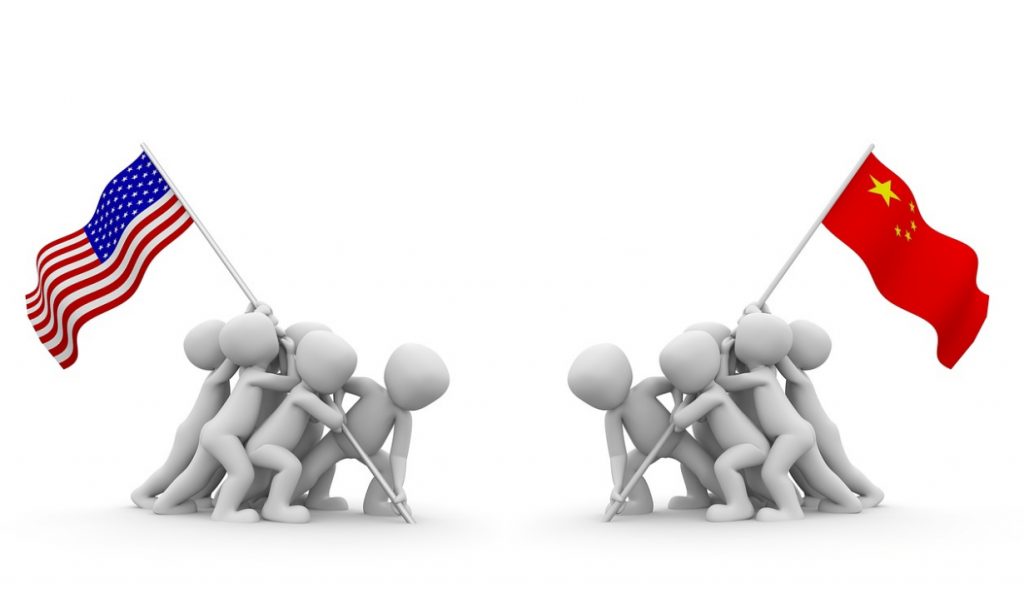The ongoing US-China Tech war has put a lot of pressure on the Chinese semiconductor industry and Beijing is trying to find solutions to solve the problem. Last week Chinese Vice-Premiere Liu He said that to solve the ongoing semiconductor crisis, China must maintain a “whole nation” approach to its semiconductor industry and leverage both state and market power for growth.
He further added that the semiconductor industry was the core nexus of modern industrial systems and mattered to national security and the progress of Chinese-style modernization.

Liu also highlighted the support of President Xi Jinping by saying that General Secretary Xi has attached high importance to the development of the integrated circuit industry, and has repeatedly made written and verbal instructions on the matter. The Vice-Premiere was making these comments at a gathering of delegates in Beijing.
Focusing on the Whole Nation approach, Liu said that the government supported the semiconductor industry and would set up practical development goals for the whole industry to solve the ongoing problems of US sanctions on semiconductors. The government plans to use the Whole Nation approach to support and guide the tech industry especially when the market mechanism fails.
Apart from raw materials and machinery, China is facing a semiconductor talent shortage as the US sanctions banned the export of semiconductors, related technology, and even related personnel to China and Chinese companies. To solve the problem of talent shortage, the government has designed the ‘Equal National Treatment’ plan for foreign semiconductor experts.
During his speech, Liu said that China already had a strong semiconductor supply chain and a large chip consumption market which is the most precious resource for the country and a strategic advantage to promote the semiconductor industry.
What is Whole Nation Policy?
The Whole Nation approach was a government policy that was used during China’s planned economy period. Under this approach, unlike capitalism and market economy, the government mobilized and allocated resources through administrative command. With the government intervention, the resources were allocated across the nation based on priority and need for development instead of pure market demand.
China stopped using the Whole Nation approach in the 1970s when the country transitioned into a market economy. However, since 2019, President Xi Jinping has re-invigorated the Whole Nation concept. In 2019 at the fourth plenary session of the 19th Chinese Communist Party Central, President Xi said that a new type of whole nation system should be built to push technological progress and breakthroughs in China.
He was proposing to bring back the Whole Nation concept against the backdrop of the US-China tech war which started in 2019 with the Trump administration levying sanctions on Chinese firms like Huawei and ZTE.
What is the New Whole Nation Policy?
The new whole-nation policy proposed by President Xi is different from the traditional system. In the traditional system, the government overtook the control of all resources and allocated them as per the need of development, completely ignoring the market mechanisms. However, in the New Whole Nation approach, the government will play the role of a guide and allocator but will also involve market mechanisms to allocate resources.
The new system is designed to solve new challenges associated with globalization and digitalization. China aims to win the US-China tech war through self-strengthening, self-reliance, and reducing dependency on foreign inputs and will use the New Whole Nation Policy to achieve these goals.
The New Whole Nation Policy is adopted by China’s 14th five-year plan, as well as its local and sector-specific versions, which collectively map key strategies for advancing the country’s development from 2021 to 2025.
China is going to use the New Whole Nation Policy to integrate and divert resources to advanced technologies like artificial intelligence and quantum science. The country plans to open R&D facilities for key industries like semiconductors, strengthen basic research, and establish national labs and industry clusters all of which will help it to become self-reliant and win the ongoing tech war with the US.
- US Reviews Huawei Export License Policy Amidst Congressional Scrutiny of China
- South Korea Caught in the Middle of US-China Tech War: Chip Sale down by 50% in January
- Smartphones Accounted for 27% of SMIC’s Wafer Revenue, Despite US-China Tech War
(via)



